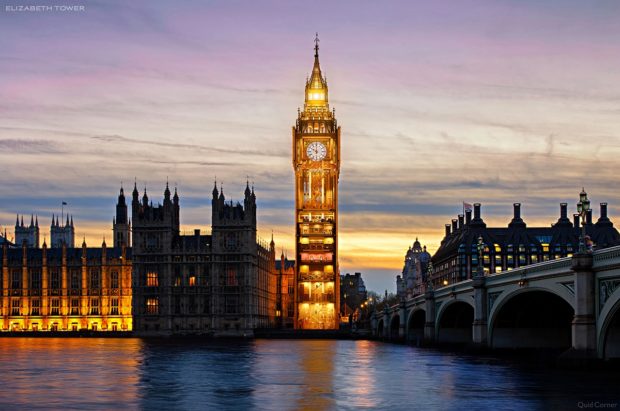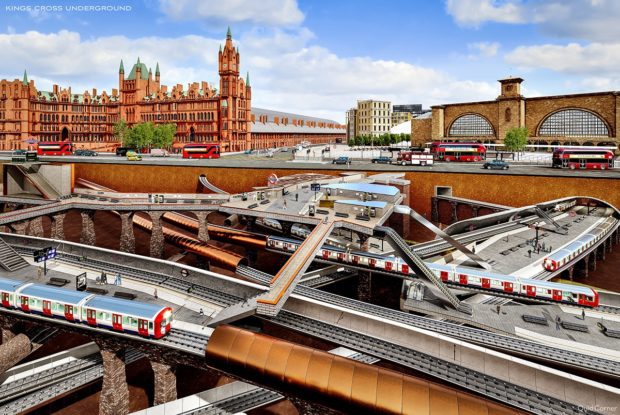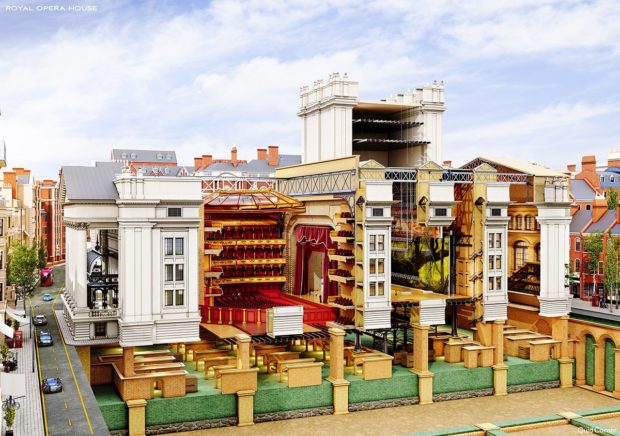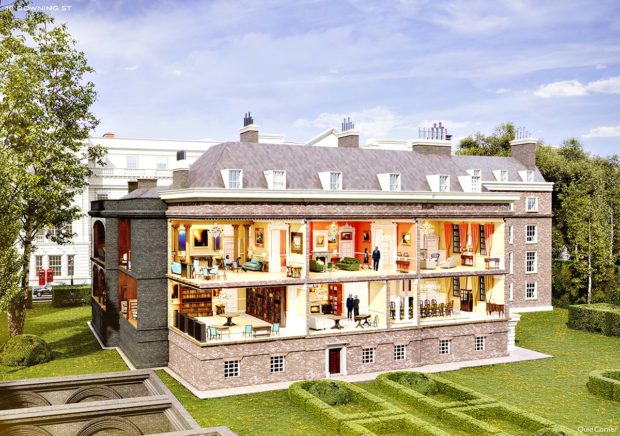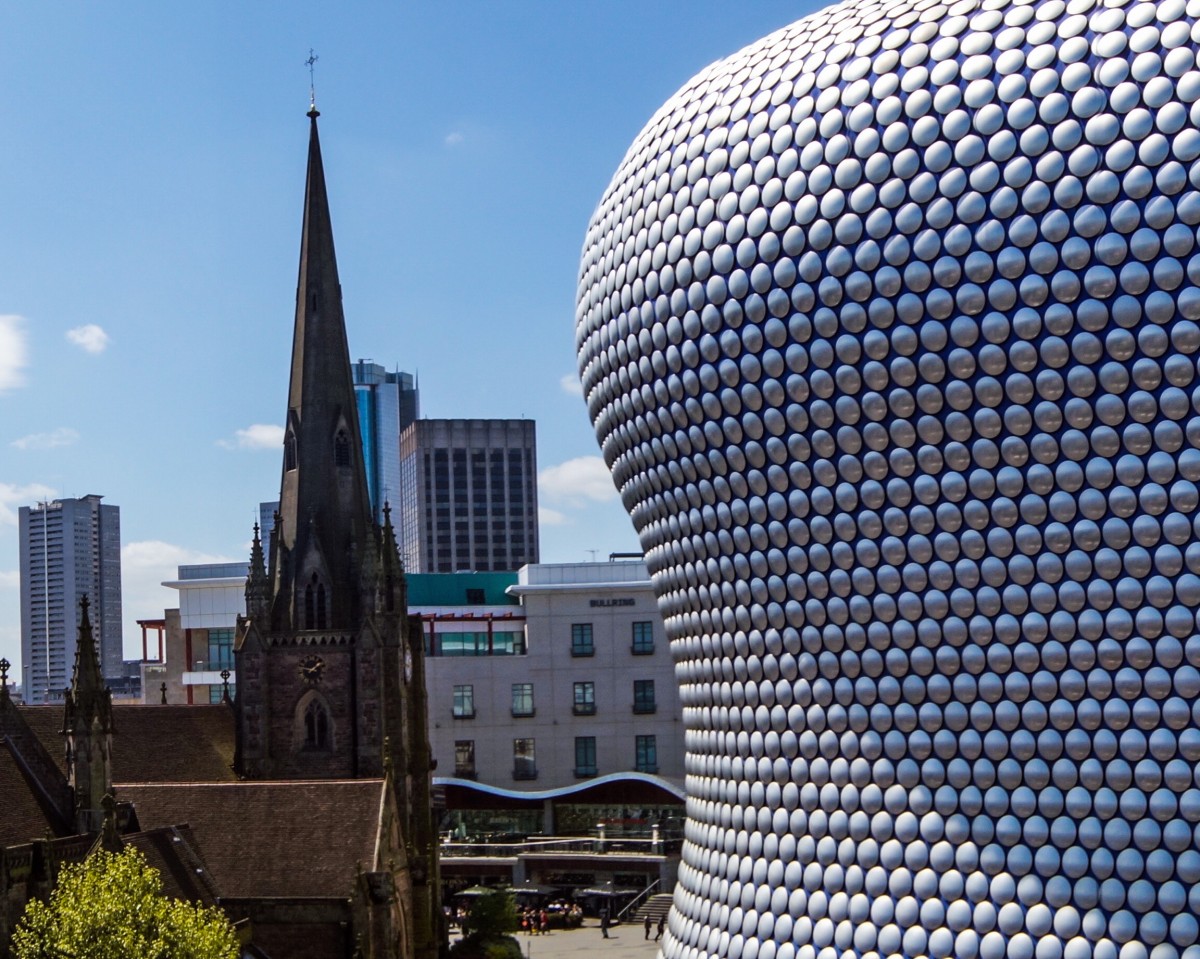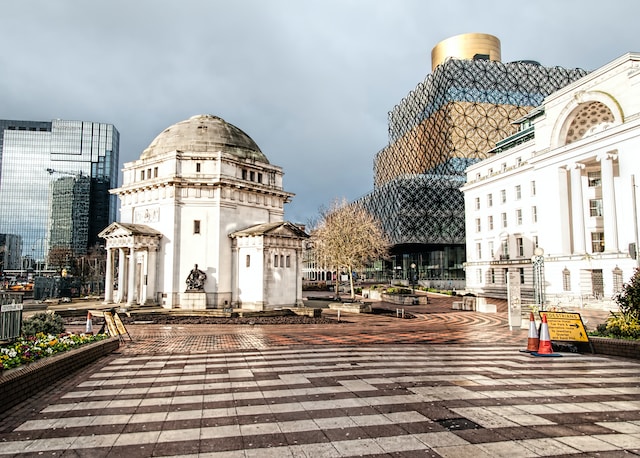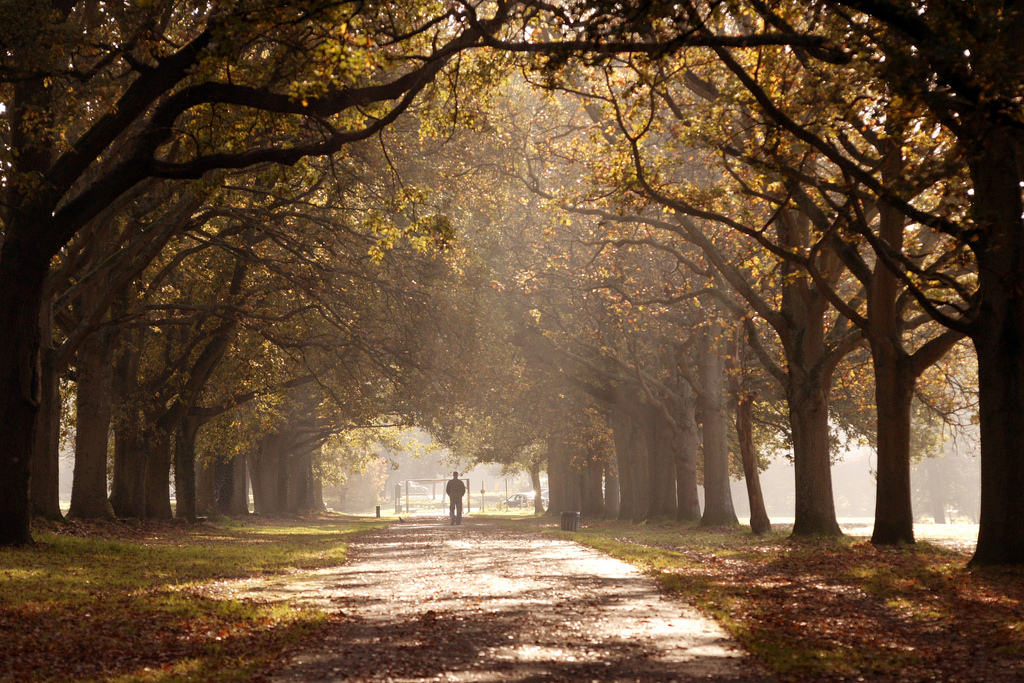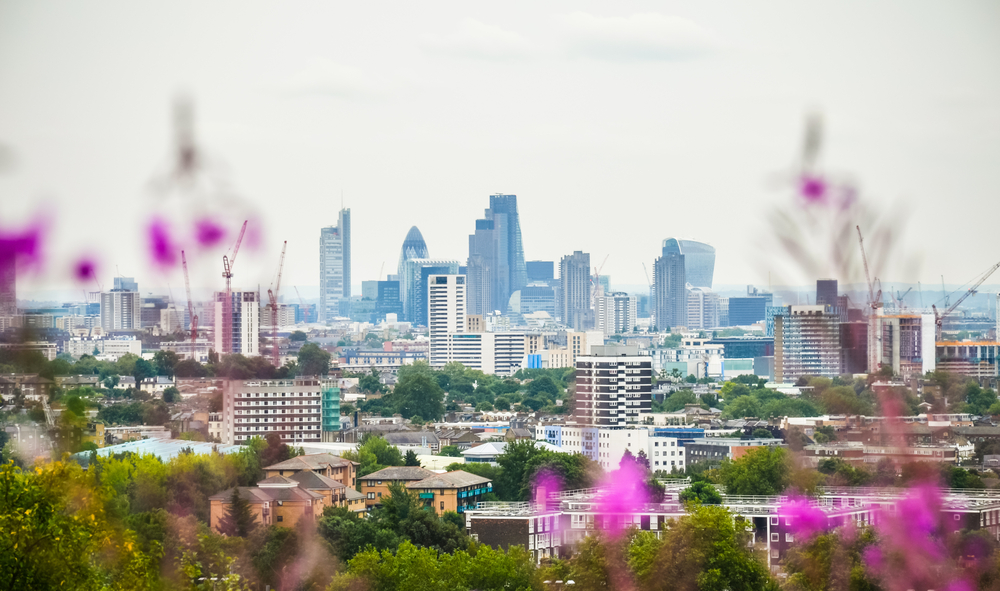London: the home of cockneys, countless Premier League football teams, and the Queen! But thanks to a vibrant history of movies, postcards, and newsreel footage, it is perhaps London’s buildings that are its best-known feature of all.
What those images fail to show, however, is just what goes on behind the familiar brickwork. So the folks at Quid Corner decided to create a new set of cutaways revealing just what happens when you peel back the surface of the UK’s capital city.
30 St Mary Axe, London EC3A 8EP (The Gherkin)
30 St Mary Axe is best known for the pickle shape from which it takes its nickname. But behind those glass windows there’s more than just wheeler-dealer financial wizardry going on: award-winning architect Norman Foster added the exposed shafts between each floor to regulate the heat so that the building stays naturally warm in the winter and cool in the summer. More like a Thermos than a gherkin.
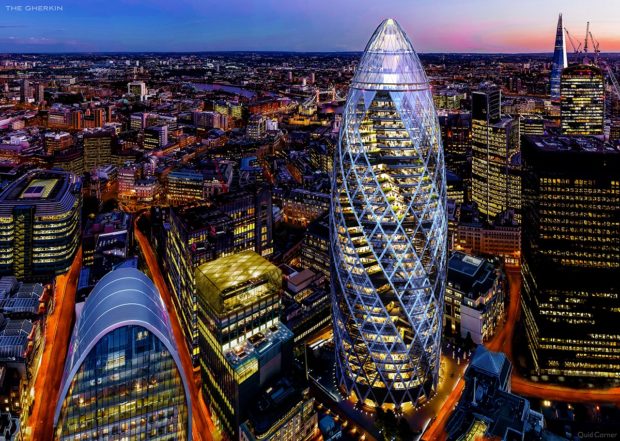
Silk St, London EC2Y 8DS (The Barbican)
The Barbican is one of the most colorful grey buildings you can imagine. The brutalist estate with which it is surrounded is tiered with urban gardens, and the structure as a whole is pure imagination set in stark concrete. The building itself is a theatre, art, and music venue, partly embedded below ground so that it could be really, really big without exceeding height restrictions.
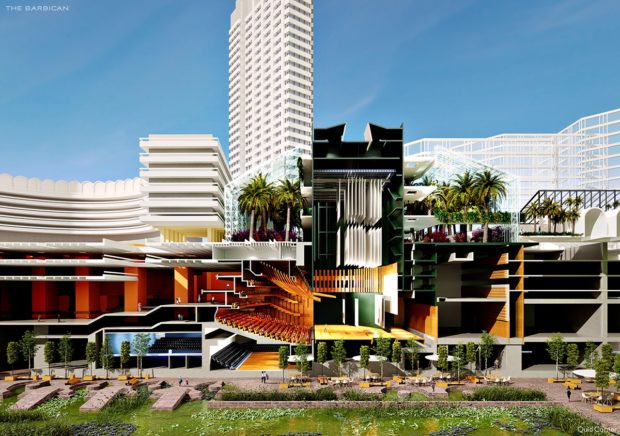
Westminster, London SW1A 0AA (Big Ben)
That bell you see at the top of this building is what we’re actually referring to when we say ‘Big Ben.’ Peel away his coat, and you can see the clockwork that keeps him running, in addition to a number of mysterious spare rooms that are begging for their own Arthur Conan Doyle murder story. The structure has certainly seen its share of rogues: it includes a prison room especially for politicians, although it hasn’t been used for this purpose since 1880.
Peninsula Square, London SE10 0DX (The O2 Arena)
Built as the Millennium Dome in celebration of the year 2000, the world’s largest supported dome was a matter of great controversy as deadlines passed and budget targets were exceeded in the race to get it done in time for the party of a generation. Today, it fits quite neatly into the cultural landscape of London and the UK, as an incredibly busy music arena. It’s easy to miss just what an absurd and complex structure it is – the curved roof, for example, delivers rainwater down to a series of pumps, where it is treated and then reused in the arena’s bathrooms.
Euston Rd, Kings Cross, London N1 9AL (Kings Cross Underground)
The mole-men and -women of the UK tend to pass through Kings Cross when travelling from around the country, as it is a major national rail hub. As such, it has needed quite a bit of work since its debut nearly 175 years ago. The 2012 Olympics was the perfect excuse, and £500m was spent creating the steel and glass concourse beneath which this extravagant rabbit run unfolds.
Bow St, London WC2E 9DD (Royal Opera House)
London’s Royal Opera House has an unpleasant habit of burning down. The latest incarnation has been there since 1858, however, and only gets better with age – and a £178m revamp towards the end of the last century. E.M. Barry designed the iron and glass Floral Hall tucked away to the left, which was once a market but is now the place to see and be seen before you take in a show. To the right, you can catch a glimpse of what really goes on behind the curtains.
10 Downing St, Westminster, London SW1A 2AA (Downing Street)
The popular imagination has 10 Downing Street as a cozy terraced house where Theresa May lives and leads the occasional meeting over tea and biscuits in her front room. The reality is less romantic: number 10 is three old buildings that have been connected over the years, and which have required a lot of difficult maintenance work as they were built on marshy land (which may explain Mrs. May’s perpetual insistence that she’s “strong and stable” despite appearances to the contrary). Thanks to this diagram, you can see a few of the hundred or more rooms that make up the complex without needing to get too close for comfort.
Which local landmark would you like a closer look at?

